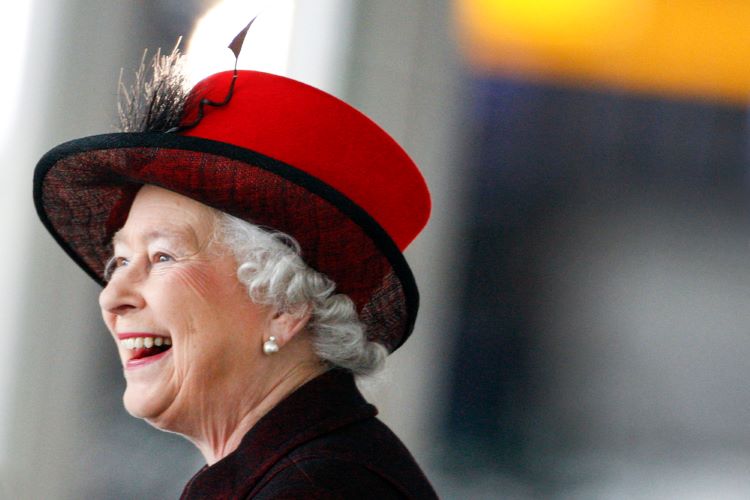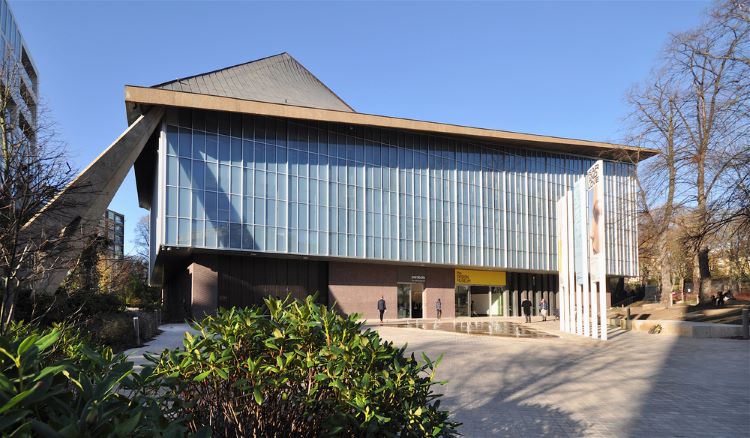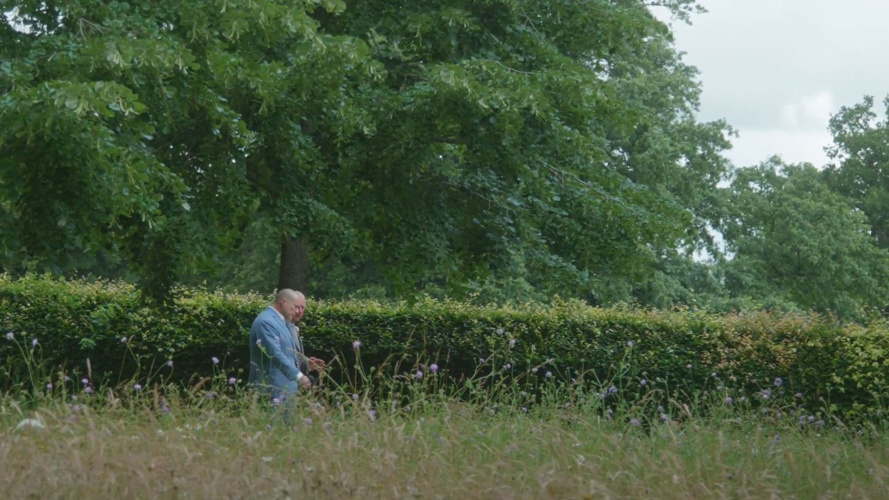The Monarchy and Design: what will a new era herald?
We look back at the impact the Queen and the royals have had on the design industry and consider what might change under King Charles III.
The late Queen Elizabeth II’s coronation in 1953 came during an optimistic post-war era, which gave rise to a period of cultural celebration seen by many as expansive and formative for design, art, architecture and technology in the proceeding decade.
The Festival of Great Britain in 1951, which took place less than a year before The Queen came to power in 1952, promoted all of these fields and typified the attitude of the time in terms of its ambition.
The Queen was patron of and endorsed dozens of arts institutions over her 70-year reign. She became a patron of the Art Fund in 1953, attending its annual general meeting that year, visited the Art Fund’s new offices in 1996 and in 2003 visited a Hayward Gallery exhibition which celebrated the achievements of the charity.
Art Fund’s chairman Chris Smith says, “The Queen was a constant support” and it is this kind of profile-raising advocacy, which many of the institutions she worked with are recognising.

The Royal College of Art did not gain it’s Royal Charter until 1967 – although it was founded in 1837 – a decade in which its industrial design course became very established. It remains hugely influential in this field as it does in graphic design and the visual arts.
RCA Vice Chancellor Paul Thompson has spoken of The Queen’s “unwavering commitment to the cultivation of the arts throughout her lifetime”.
It was the Queen’s husband, the late Duke of Edinburgh who was involved closely with the RCA and assumed the role of Royal Visitor. The now King Charles III (then Prince Charles) assumed this role in recent years but it is unclear whether he will continue in this capacity.
The Queen was also patron of art gallery the Royal Academy, an institution with which she had strong ties for the length of her reign.

In London alone, buildings she has opened include The Commonwealth Institute (1962), The Museum of London (1976), The Barbican Centre (1982) and the Tate Modern (2000).
Her direct involvement with the design industries has been limited, partly given the nature of her role, but the royal family has helped to give some visibility and support to the design industry during her reign. In particular The Duke of Edinburgh was a patron of the Chartered Society of Designers and creator of The Prince Philip Prize for Design Excellence. You can read about his contribution to design here.
Design and King Charles III
King Charles III has already recognised that he will have to give up most of his current endeavours and he will also have to redistribute many of the Queen’s 500 or so patronages that she herself had not already passed onto other Royals. Meanwhile, the new monarch is patron or president to around 400 organisations.
In particular he is known for his charitable work with the Prince’s Trust, which focuses on education, training and business advice for young people. With the Prince’s Foundation he has been involved with urban design and architecture initiatives. He has also been a lifelong champion of the preservation of the environment.
As Prince of Wales, the now King was outspoken on many issues including the environment. By lobbying Government ministers in the past some have felt that he overstepped the line of what is acceptable.
Through his Terra Carta charity, which launched in 2021, the then Prince of Wales made a plea to business to put sustainability at the heart of the private sector as part of his sustainable markets initiative.

As part of this, the Terra Carta Design Lab was founded. Its launch saw some unexpected pastoral scenes of the then Prince Charles and designer Jony Ive taking a stroll. The initiative’s mandate was to engage RCA students with working on creative solutions for the climate crisis.
What will need to be redesigned?
One consequence of a new monarch is the redesign of bank notes, coins and stamps. All of these will have to be redesigned in the image of King Charles III, although the timeline for this is currently unclear.
A spokeswoman for The Royal Mint says it is unable to “share further detail or speculate” on when coins would be redesigned. The Queen sat for five coin portraits during her reign and signed off on every new UK coin. You can read about how the in-house team at The Royal Mint works here.
There are likely to be redesigns of coins and banknotes across the Commonwealth in territories which feature the Queen. These include $20 banknotes in Canada and coins in New Zealand.

The Bank of England was unable to comment on redesigning bank notes while a spokeswoman for the Royal Mail says, “We will announce future stamp issues at the appropriate time. We will consult Buckingham Palace in the usual way before making any further announcements.” It is understood that the King is keen to avoid wasting old stamps unnecessarily so it is likely that this design job will take some time.
Branding and packaging designers may be keeping an eye on what happens with Royal Warrants, which adorn so many products. The Queen and The Duke of Edinburgh both granted Royal Warrants in their lifetimes, as did the former Prince Charles. They are used by individual craftspeople and multinational brands.
Those issued by the Queen are understood to number around 620 (of 744 Royal Warrants in total) and stand to expire after two years, when they may be renewed by another so called ‘Granter’, which could be King Charles or the new Prince of Wales, if this is one of his duties. King Charles III issued 182 warrants in his former role.
Although there is little call for new post boxes it is likely that when there are they will carry the cypher of CR rather than ER. Military flags bearing EIIR stand to be replaced and it is possible that the Royal Standard flag – which was draped over the Queen’s coffin – could be redesigned. It currently references England, Northern Ireland and Scotland, but not Wales. Given the King’s association with Wales in his former role this may change. Other incremental changes are likely to be seen on everything from police helmets to passports.
The design industry has respected a period of mourning and reflection but as the country prepares to move on it remains to be seen how the industry feels about the new King and the monarchy in general. Similarly, what bearing King Charles will have on the industry is unknown and whether he will be able to align himself with the environmental causes he championed in the past. It is possible that even endorsement through public appearances relating to such causes could be of some benefit to the social and sustainable design practices which reflect the environment and are embedded in so many projects today.
Source: designweek.co.uk
